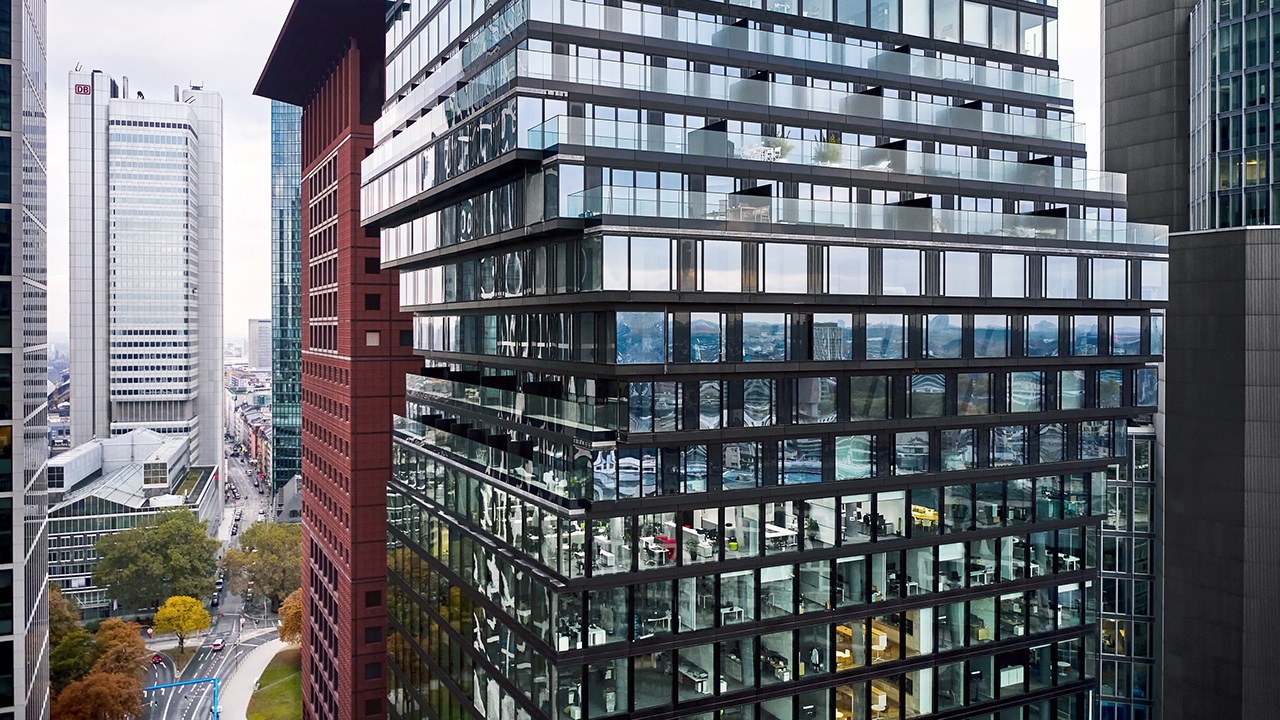The BBC recently quoted real estate firm Cushman & Wakefield as reporting that in Manhattan, USA, “office buildings had a vacancy rate of 22.4% in the second quarter of 2023″. In San Francisco, also in the US, that vacancy rate “has grown to 31.8%, according to real estate firm CBRE, despite being closer to zero before the pandemic“. According to data from the firm Leesman, also quoted by the BBC, “74% of British employees plan to be in the office two or fewer days a week”. Without wishing to be exhaustive, these figures offer an indication of the problem facing office buildings: they are becoming vacant with changing work habits and the advance of information technology, a problem that is unlikely to improve in the foreseeable future.

Faced with this crossroads, two solutions are usually considered: diversification of the use of the space, for purposes other than just housing workplaces, or demolition. The first option entails heavy investment, necessary for the transformation of the facilities and the new distribution of essential services; the second alternative entails, in addition to the cost of demolition, losses in the previous investment and the production of a large amount of waste, which is not sustainable. Swiss lift, escalator and escalator manufacturer Schindler has launched a new lift system on the market that makes it much easier to solve the problem with the first option, in other words, the reuse of empty office space. And this without the need for a large investment.

The system, called Schindler MetaCore, was installed for the first time in the Omniturm Tower. This mixed-use building, which divides its space between offices and residential flats, with the design and architecture by the Bjarke Ingels Group, is located in the financial centre of the German city of Frankfurt. The special feature of the 190 m high, 49-storey tower is that two separate and independent lobbies give access to the residential and office areas respectively. The Schindler system serves each of these separate lobbies with exactly the same lifts, without the need to allocate one to one use and the other to the other. As a result, users and visitors to both sections of the Omniturm Tower never meet, even though they use the same lifts. Let’s see how it works.

As the manufacturer itself explains, through an ‘optimised traffic management platform’, and thanks to an app available for smartphones, Schindler MetaCore ‘detects users and sends the right lift car, the most efficient one, to the lobby of the corresponding building’, without any call being made. When the resident or worker arrives, the lift waits for him. Thus begins the “personalised user journey” to their destination, be it an office, home or even the hotel reception where a room reservation awaits him. After all, with Schindler’s system, “the applications for which a building’s space is used can be changed and replaced like books on a bookshelf“. If the needs of the building change, it is easy to reuse it without any work on its infrastructure. Suffice to add that the international non-profit organisation Council on Tall Buildings and Urban Habitat, honoured Schindler’s MetaCore system with the Excellence Award 2023.







